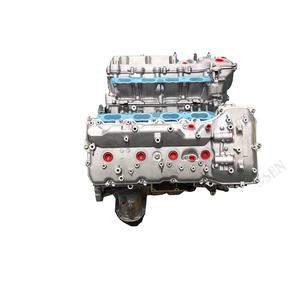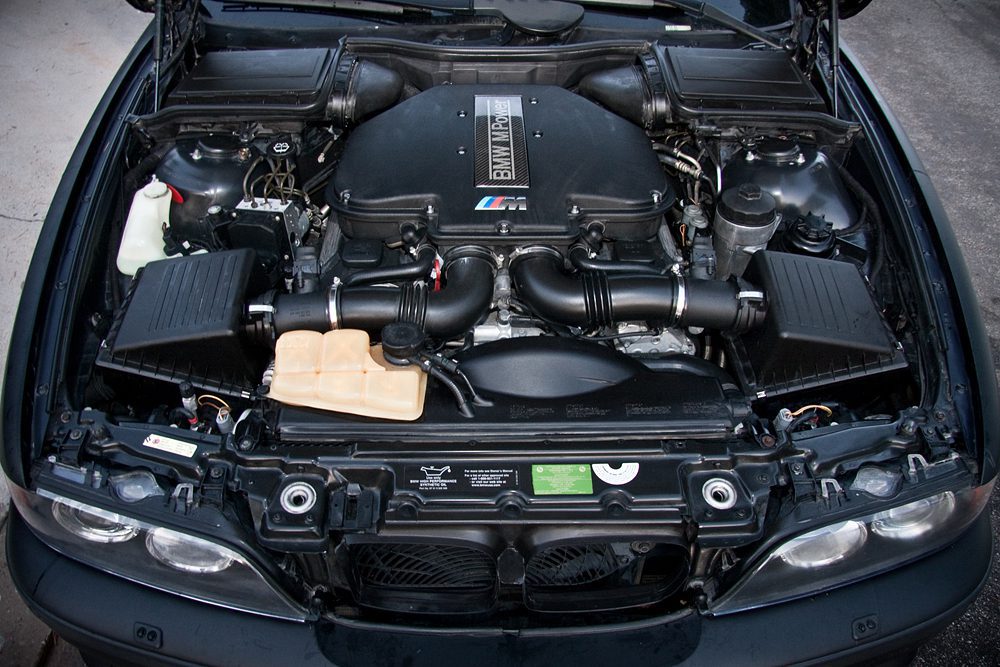Affordable Opel Corsa Engine Options for Your Budget
Affordable Opel Corsa Engine Options for Your Budget
Blog Article
Efficient and Effective Tiny Auto Electric Motor Performance Evaluation
Evaluating the efficiency of little automobile electric motors is a nuanced task that requires a keen eye for detail and a deep understanding of automotive design principles. By analyzing key metrics such as horse power and torque, as well as evaluating gas efficiency, we can discover understandings right into exactly how tiny car engines can be optimized for peak performance.

Little Vehicle Electric Motor Efficiency Metrics
In assessing the performance of small cars and truck motors, key metrics such as velocity, gas effectiveness, and power result play a critical role in establishing their overall efficiency and viability for various driving conditions. Acceleration, gauged in seconds from 0 to 60 miles per hour, shows how swiftly a tiny vehicle can reach greater rates, which is crucial for combining onto freeways or surpassing various other cars. Gas efficiency, commonly gauged in miles per gallon (MPG), shows just how much a little automobile can travel on a gallon of fuel, affecting running expenses and ecological sustainability. Power result, expressed in horse power (HP) or kilowatts (kW), symbolizes the engine's ability to produce the required force to move the car, influencing its performance in different road conditions. By assessing these efficiency metrics thoroughly, producers, chauffeurs, and automobile enthusiasts can make informed decisions pertaining to the choice and optimization of small auto electric motors to satisfy their particular requirements and preferences.

Horse Power and Torque Evaluation
With an essential role in recognizing small vehicle motor efficiency, horsepower and torque analysis supplies understanding right into the engine's power shipment attributes. Horsepower is a dimension of the engine's ability to do persuade time, standing for the price at which job is done. In the context of tiny automobile electric motors, horsepower is vital for identifying velocity, full throttle, and overall performance. Torque, on the various other hand, gauges the engine's rotational force, indicating its capability to conquer resistance. Small auto engines with greater torque values generally really feel extra receptive and offer better acceleration, making them suitable for city driving and surpassing maneuvers. When examining horse power and torque in tiny car motors, it is necessary to take into consideration how these metrics engage to deliver a effective and balanced driving experience. By understanding the relationship between horsepower and torque, automotive engineers can optimize engine performance to satisfy the certain needs of small automobile applications.
Gas Performance Evaluation
The analysis of gas effectiveness in tiny cars and truck motors plays a vital duty in establishing their financial and environmental influence. In little vehicle electric motors, where small dimension typically correlates with far better gas economic situation, numerous aspects influence effectiveness.
To evaluate gas effectiveness, metrics such as miles per gallon (MPG) are generally utilized. This measurement indicates the range a vehicle can take a trip each of fuel. Small automobile electric motors that attain greater MPG rankings are taken into consideration more fuel-efficient, leading to cost financial savings for chauffeurs and decreased exhausts that benefit the environment. Manufacturers continually make every effort to boost gas performance via developments in engine modern technology, light-weight materials, and wind resistant styles.

Enhancing Little Vehicle Engine Efficiency
Enhancing the efficiency of small automobile engines is extremely important in maximizing performance and minimizing functional costs. Optimizing tiny auto engine efficiency involves an all natural strategy that considers various factors such as engine design, fuel administration systems, and general car characteristics.
Another important consider optimizing small auto engine performance is the application of advanced modern technologies such as turbocharging or hybrid systems. These innovations can boost power output without endangering fuel performance, supplying a balance in between performance and economy. Enhancing engine efficiency also includes improving combustion performance, reducing frictional losses, and boosting thermal monitoring systems.
Future Trends in Small Automobile Motors
Taking into account advancing automobile innovations and the continuous search of optimum small cars and truck engine efficiency, an expedition of future trends in little cars and truck electric motors becomes essential - opel corsa Read Full Article engine. One popular pattern on the perspective is the raising integration of electrical powertrains in little vehicles. As the automotive sector shifts towards sustainability and minimized discharges, even more little car manufacturers are purchasing electrical motor modern technology to enhance effectiveness and environmental friendliness
Another substantial pattern is the development of smaller yet more effective turbocharged engines for tiny cars. By downsizing engine capacities and incorporating turbocharging innovation, automakers can accomplish greater power outputs while keeping fuel effectiveness. This pattern aligns with the growing customer need for small autos that supply a dynamic driving experience without compromising on gas economy.
Additionally, the emergence of crossbreed powertrains in little cars and trucks is anticipated to get traction in the future. Crossbreed systems supply the advantages of both internal burning engines and electrical motors, giving enhanced More hints performance and gas effectiveness. As developments in battery technology proceed, small vehicle motors are most likely to come to be even browse around this site extra powerful and reliable, accommodating the progressing requirements of customers and regulatory needs for cleaner transportation services.
Verdict
In final thought, the analysis of little vehicle electric motor efficiency metrics such as gas, torque, and horsepower efficiency is important in maximizing engine performance. By evaluating these elements, producers can enhance the overall effectiveness and power outcome of tiny vehicle electric motors (opel corsa engine). Future patterns in tiny vehicle electric motors are most likely to concentrate on boosting performance while keeping gas performance, making certain that little autos remain to be a reputable and affordable choice for consumers
By taking a look at vital metrics such as horsepower and torque, as well as assessing fuel effectiveness, we can reveal insights into just how small automobile engines can be maximized for peak efficiency. Maximizing small automobile engine efficiency entails an all natural approach that takes into consideration numerous factors such as engine layout, fuel management systems, and total vehicle dynamics.In light of advancing automotive technologies and the continuous pursuit of optimal small vehicle engine performance, an exploration of future trends in little cars and truck electric motors becomes essential.In final thought, the evaluation of little automobile electric motor performance metrics such as gas, horsepower, and torque performance is crucial in maximizing engine efficiency. Future fads in tiny auto motors are most likely to focus on improving efficiency while preserving gas efficiency, making sure that tiny automobiles continue to be a dependable and affordable selection for consumers.
Report this page